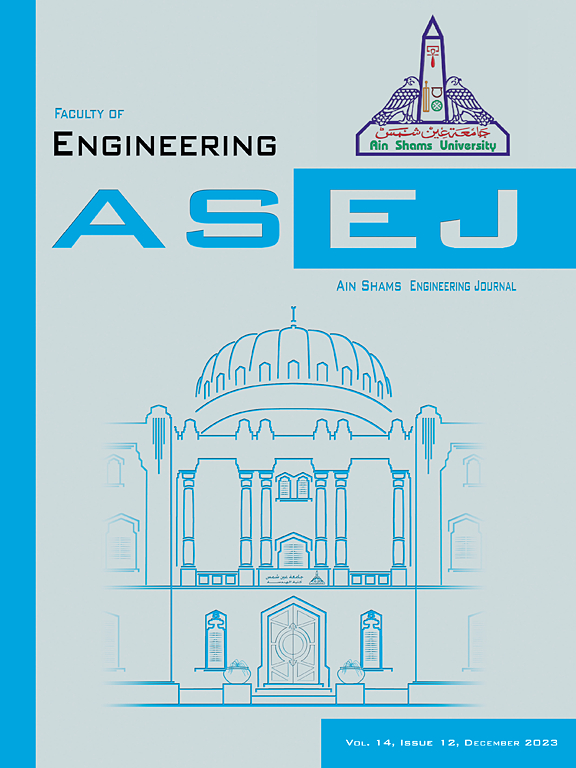Instantaneous and exponential decay point source effects on two-dimensional heavy metal transport with adsorption and desorption in soil
IF 6
2区 工程技术
Q1 ENGINEERING, MULTIDISCIPLINARY
引用次数: 0
Abstract
In the mathematical modeling of the advection-diffusion equation (ADE) governing the transport of heavy metals in soil, it is essential to consider scenarios where the pollution source is not localized at the boundary but rather introduced as a source term within the equation, reflecting realistic situations where abrupt contamination events may occur within the soil matrix. Considering also adsorption and desorption, the ADE incorporate additional source term. This source term representing as a point source that satisfies instantaneous release and exponential decay release which can be used to simulate different types of pollution events in soil. Utilizing the Laplace transform method to obtain solutions, the dynamics of pollutant behavior in both cases are investigated. The results show that regardless of release type, the concentration reaches a peak near the source point area and remains higher while stabilizing over time. However, when the retardation factor varied, both shows similar behavior on the first day only but not at the fourth day. Additionally, the amount of particles release and exponential decay coefficient follows or aligns with its equations.
瞬时和指数衰减点源对土壤中重金属二维吸附和解吸迁移的影响
在对土壤中重金属运移的平流扩散方程(ADE)进行数学建模时,必须考虑污染源不局限于边界,而是作为方程中的源项引入的情况,以反映土壤基质中可能发生突然污染事件的现实情况。同时考虑到吸附和解吸,ADE包含了额外的源项。该源项表示为满足瞬时释放和指数衰减释放的点源,可用于模拟土壤中不同类型的污染事件。利用拉普拉斯变换方法求解,研究了两种情况下污染物的动态行为。结果表明,无论何种释放方式,浓度在源点附近达到峰值,并随时间稳定保持较高水平。然而,当发育迟缓因子不同时,两者仅在第一天表现出相似的行为,而在第4天表现出不同的行为。此外,粒子释放量和指数衰减系数遵循或符合其方程。
本文章由计算机程序翻译,如有差异,请以英文原文为准。
求助全文
约1分钟内获得全文
求助全文
来源期刊

Ain Shams Engineering Journal
Engineering-General Engineering
CiteScore
10.80
自引率
13.30%
发文量
441
审稿时长
49 weeks
期刊介绍:
in Shams Engineering Journal is an international journal devoted to publication of peer reviewed original high-quality research papers and review papers in both traditional topics and those of emerging science and technology. Areas of both theoretical and fundamental interest as well as those concerning industrial applications, emerging instrumental techniques and those which have some practical application to an aspect of human endeavor, such as the preservation of the environment, health, waste disposal are welcome. The overall focus is on original and rigorous scientific research results which have generic significance.
Ain Shams Engineering Journal focuses upon aspects of mechanical engineering, electrical engineering, civil engineering, chemical engineering, petroleum engineering, environmental engineering, architectural and urban planning engineering. Papers in which knowledge from other disciplines is integrated with engineering are especially welcome like nanotechnology, material sciences, and computational methods as well as applied basic sciences: engineering mathematics, physics and chemistry.
 求助内容:
求助内容: 应助结果提醒方式:
应助结果提醒方式:


